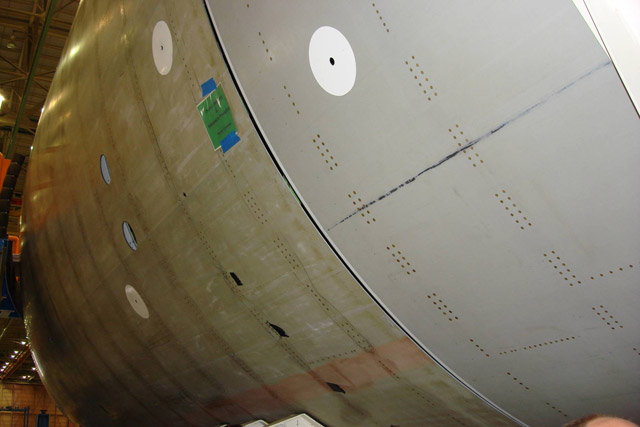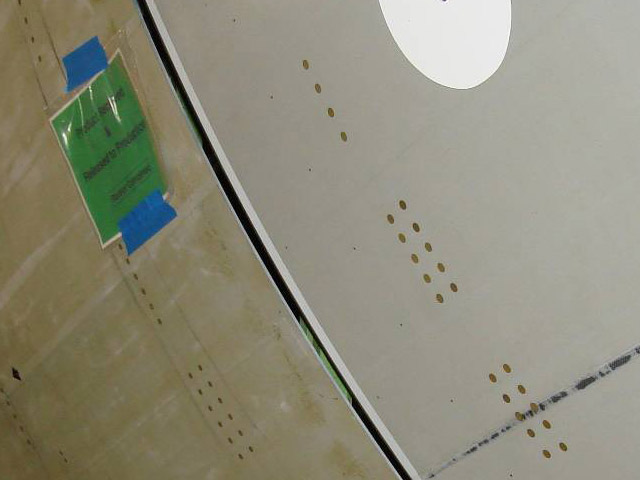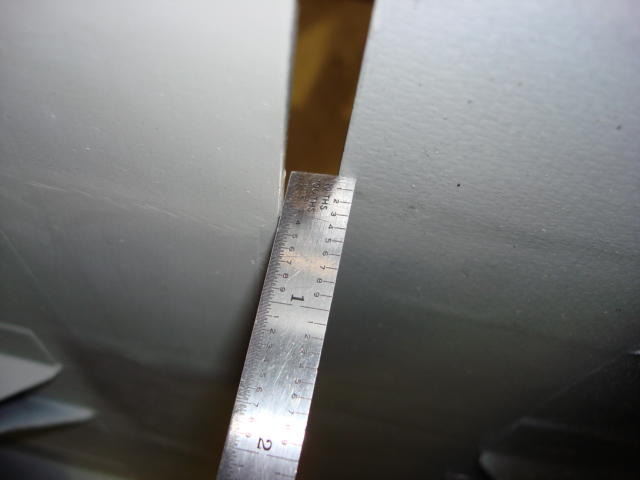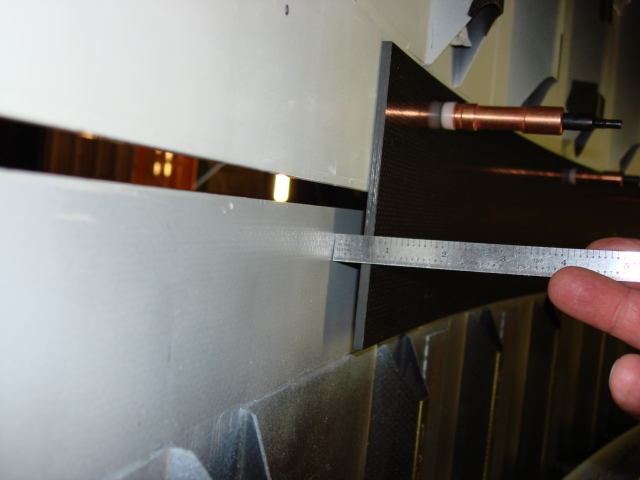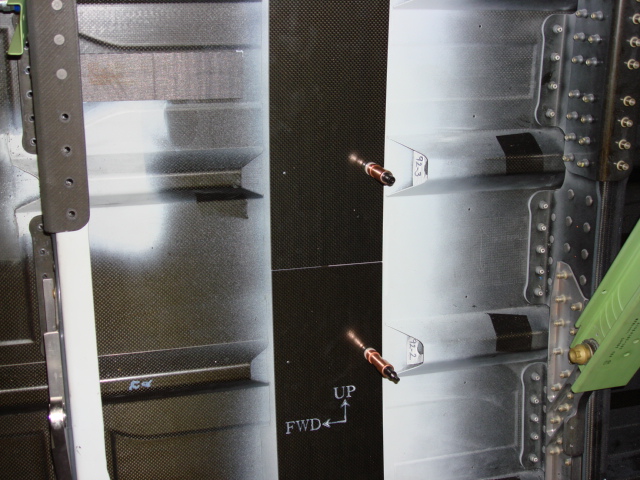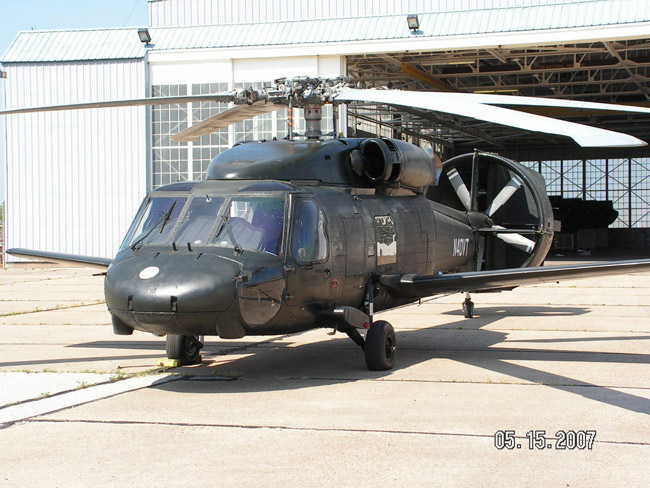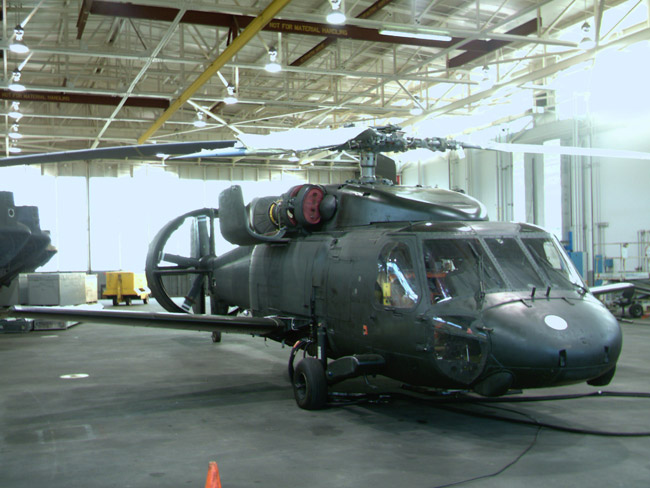A computer system in Atlanta that processes pilots’ flights plans and sends them to air-traffic controllers failed early Friday, Federal Aviation Administration spokeswoman Diane Spitaliere said. In response, the agency rerouted the system’s functions to another computer in Salt Lake City, which overloaded because of the increased volume of data, magnifying the problem.
The FAA could not immediately calculate the number of flight delays caused by the problem, which was made worse by bad weather, Spitaliere said. Airlines experienced thousands of delays, some lasting several hours, in what was shaping up to be one of the country’s worst days this year for air travel.
Although the computer malfunctions were fixed shortly before 11 a.m. Friday, their impact lingered on into the late afternoon, especially in New York, where computer systems took two extra hours to connect with the central system in Atlanta, the FAA said. Spitaliere said the flight delays in the rest of the country were not as severe.
Delays for arriving flights at New York City’s LaGuardia Airport averaged nearly four hours early Friday evening, the FAA said.
Doug Church, a spokesman for the National Air Traffic Controllers Association, said the problem forced controllers to enter flight information manually, which he described as a time-consuming practice. “With some of these East Coast airports, nothing is getting in right now,” Church said Friday afternoon.
AMR Corp.’s American Airlines spokesman Tim Wagner acknowledged the computer troubles and said the nation’s largest carrier experienced about 50 cancellations on the East Coast, with New York’s LaGuardia departures being hit the hardest.
Hundreds of flights in both directions were delayed for two to three hours at New York’s two other major airports, Kennedy International and Newark Liberty International, said Steve Coleman, spokesman for the Port Authority of New York and New Jersey.
Betsy Talton, a spokeswoman for Delta Air Lines Inc., said the Atlanta-based airline was experiencing delays of roughly two hours Friday in the Northeast, but she attributed the backlog to thunderstorms.
Linda Rutherford, a spokeswoman for Southwest Airlines Co., said the airline experienced delays on about 40 percent of its 3,300 daily flights _ the majority due to the air-traffic control problems.
Bryan Baldwin, a spokesman for JetBlue Airways Corp., said some flights experienced delays as long as four hours, and said the problem is likely to continue into the evening.
The company, which has a hub at Kennedy, experienced delays at five out of its 16 daily flights at LaGuardia, he said.
“The New York metro area is the most congested air space in the country,” Baldwin said. “When there’s any type of interruption to the air traffic system, it’s going to affect the most congested areas the most.”
Earlier this year, the FAA highlighted an expanded air traffic control strategy intended to minimize weather-related delays this summer. The agency’s “airspace flow program” is designed to allows airlines to choose between flying longer routes to avoid stormy weather or accepting delays that are aggravating for fliers and costly for the industry.
FAA officials said the program would allow airlines to choose between taking a delay or flying around the storm.
(foxnews)
